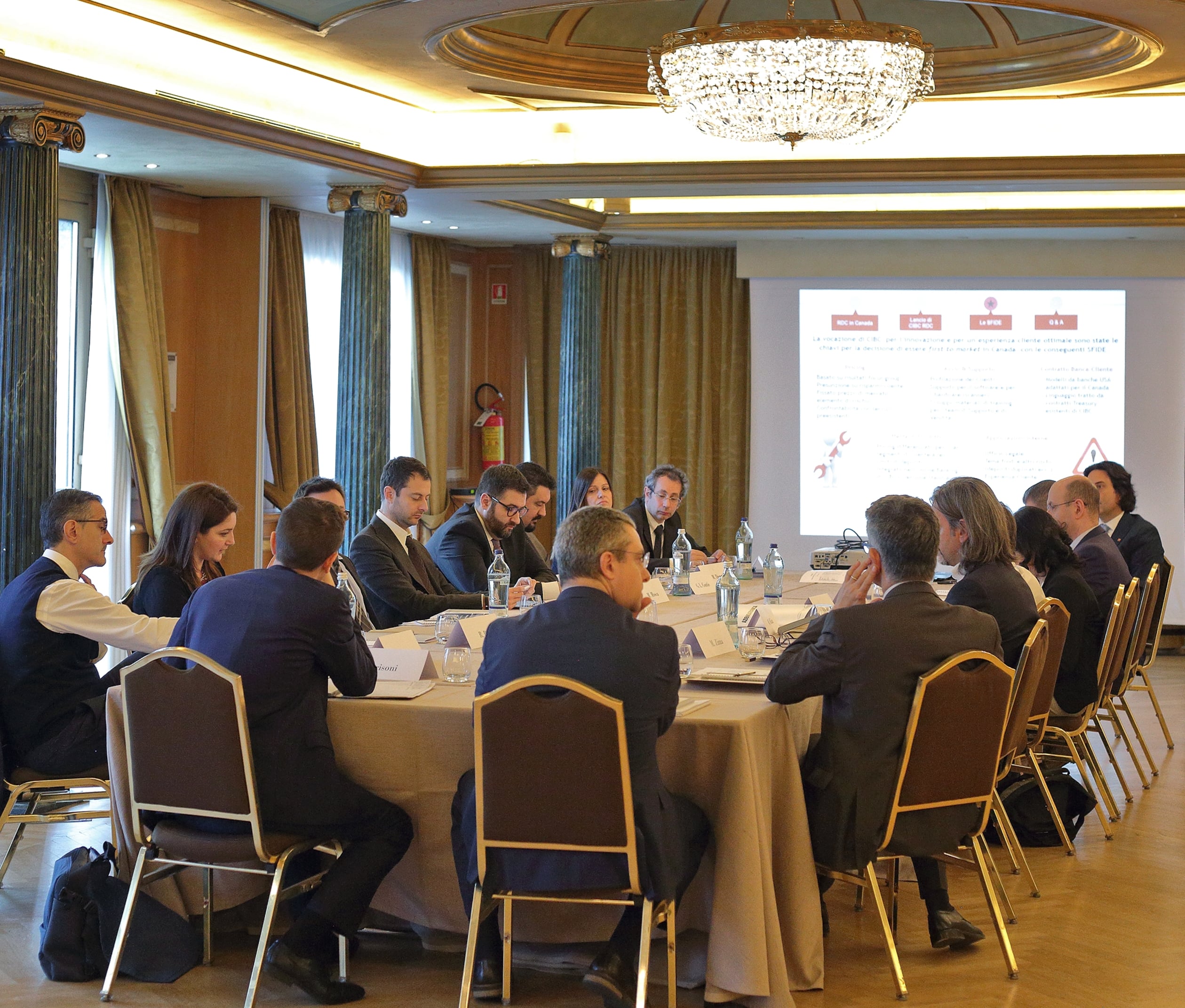A variation on the immortal Shakespearean doubt can summarize the sentiment of a recent round table in Milan, sponsored by Panini and organized by AziendaBanca magazine, whose title was “The check’s journey from dematerialization to remote deposit capture”.
Check Image Truncation (CIT) is finally active in Italy – since July 2018 – and it took an amazing seven years from when Law 106 was published in 2011. Without the “last mile” reaching the customer, however, banks still see it mainly as an imposition, or an incurred cost, or a compliance topic. The optimization – via dematerialization – of the inter-bank stretch is simply not enough: while the new process will pay efficiency and savings dividends over time, banks see how much they’re spending to comply with CIT on their balance sheet today.
On the opposite end, most banks realize that RDC is an attractive business opportunity, since check-intensive businesses have been asking for this service for years – just waiting for at least one bank to say “come to me: here it is”. Nonetheless, the service’s implementation still presents a few legal and procedural question marks, due to the legislator’s choice that the truncation law not cover RDC explicitly. So while many banks dream of a ground-breaking announcement that they’re first to market with RDC on the Italian market, no one so far has dared to visibly make the first step.

But we are not alone. The first mover’s angst was (and probably is) experienced by other Financial Institutions, around the world. Bruno Scanga, Panini’s guest speaker in the meeting, brought the experience of CIBC – the smallest of Canada’s “big five” banks and first to market with RDC. Bruno convincingly presented to the representatives of nine Italian banks about the challenges CIBC had to face 4-5 years ago: legal aspects, end user contracts, pricing, onboarding and support, product offer, internal approval, even how to choose and handle the hardware component (the scanner)… all these represented potential show stoppers for a Bank we can now call Panini’s best Canadian customer. Patiently and relentlessly they researched, studied, discussed, took some risks and experimented, until – eyes on the prize – they could proudly enter the market with an attractive offer which their competitors would catch up on only over a year later.

The Italian Banks took notes, raised questions, challenged each other and passionately discussed with one another and with Bruno to try and trace a possible path to the RDC process definition and implementation, in compliance with the new CIT law and with other internal and external constraints. Checks have been declining quite sharply in Italy in the last few years, with YoY rates as high as -15%, but then have started to slow down and plateau – as in the U.S. and elsewhere. Some of the paper check’s benefits just cannot be matched by other means of payment, the audience agreed, so the residual quantity of checks (zoccolo duro in Italian, i.e. hard core) isn’t going to go away anytime soon.
Which means the time is right to bring the process of its digital transformation to completion, via Remote Deposit Capture. And the time for Italian RDC is now.





